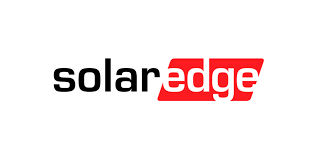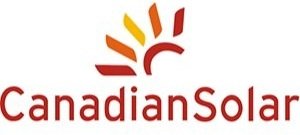Over the past ten years, Addy Solar & Electric has expanded from the Redding area into Red Bluff, Weed, Mt. Shasta, Lassen, the East Bay and so many more places. As we continue to grow and develop, so does solar technology. We partner with brands like SunPower, Panasonic, Enphase and SolarEdge to bring you state of the art solar panels and inverters that are ahead of the technology curve.
It’s our goal to always be evaluating what’s available on the market to bring the best and most reliable products to your solar system.
Solar Panels
Solar panels are comprised of layers of silicon, phosphorus, and boron. These panels absorb particles of energy called photons, and by doing so initiate an electric current. Out of all the different types and brands of solar panels on the market, we most often use SunPower, Panasonic, and Canadian Solar panels. We’ll make solar panel recommendations based off the needs of your system, and you’ll be able to choose which panels are right for you.
INTERACTIVE SYSTEMS (GRID-TILE)
The interactive, or grid-tied, system requires an inverter and photovoltaic modules. The system is interconnected to the grid. Unlike the battery backup system, when there is a power outage a safety mechanism in the inverter blocks the solar power from backfeeding into your electrical system. Thus the solar system is dependent upon the grid (utility voltage) to operate.
BATTERY BACK-UP SYSTEMS
An interactive system with battery back-up is a system that interconnects to the grid (utility). It requires batteries, a bi-directional inverter, a standard inverter, and photovoltaic modules. If there is a utility power outage, the bidirectional inverter will disconnect from the grid and create its own “grid,” so to speak. This allows energy to be fed to a limited amount of circuits, maintaining some power during utility power outages.
OFF-GRID SYSTEMS
The stand-alone system is independent of any other electrical production. It requires batteries, a charge controller, inverter and photovoltaic modules. In this set-up, there is no interconnection to the utility grid.
ROOF
Rooftop installation allows for your solar panels to fit seamlessly into your pre-existing roof. It’s ideal for a streamlined, more aesthetic appearance and optimizing the space of your property. Rooftop systems also install easily and quickly.
GROUND
Ground-mounted installations are ideal for orienting your panels for maximum efficiency. With sufficient lawn space, we can build a racking system directly into the ground and install your solar panels without being constrained by the size, shape, or direction of your roof.
BLUE PANELS
Blue panels are made of polycrystalline. The color is largely due to an anti-reflective coating that helps improve the absorbing capacity and efficiency of the solar panels. These are typically less expensive and more widely used for solar electricity.
BLACK PANELS
Black panels are made of monocrystalline. These are made of one large silicon crystal, and the way the light interacts with the silicon layer causes the panels to appear black in color. Monocrystalline panels are typically more energy-intensive, but also more expensive.
Solar Inverters
Solar inverters play a crucial role in any solar energy system and are often considered to be the brains of a system. An inverter’s basic function is to invert the direct current (DC) into alternating current (AC). AC is the standard used by all commercial appliances. We partner with Enphase and SunPower to provide our inverter technology to combine digital control technology with powerful conversion architecture. These systems allow you to monitor and optimize the performance data of the Enphase or SunPower inverter for superior efficiency.
With Enphase and SunPower’s built in micro inverters, your inverters lay directly on the panel itself, resulting in faster energy production. Not only that, the micro inverters are hidden, which means you no longer have to store inverters on the side of your home.
















